Special Report
12 States Smoking the Most Marijuana
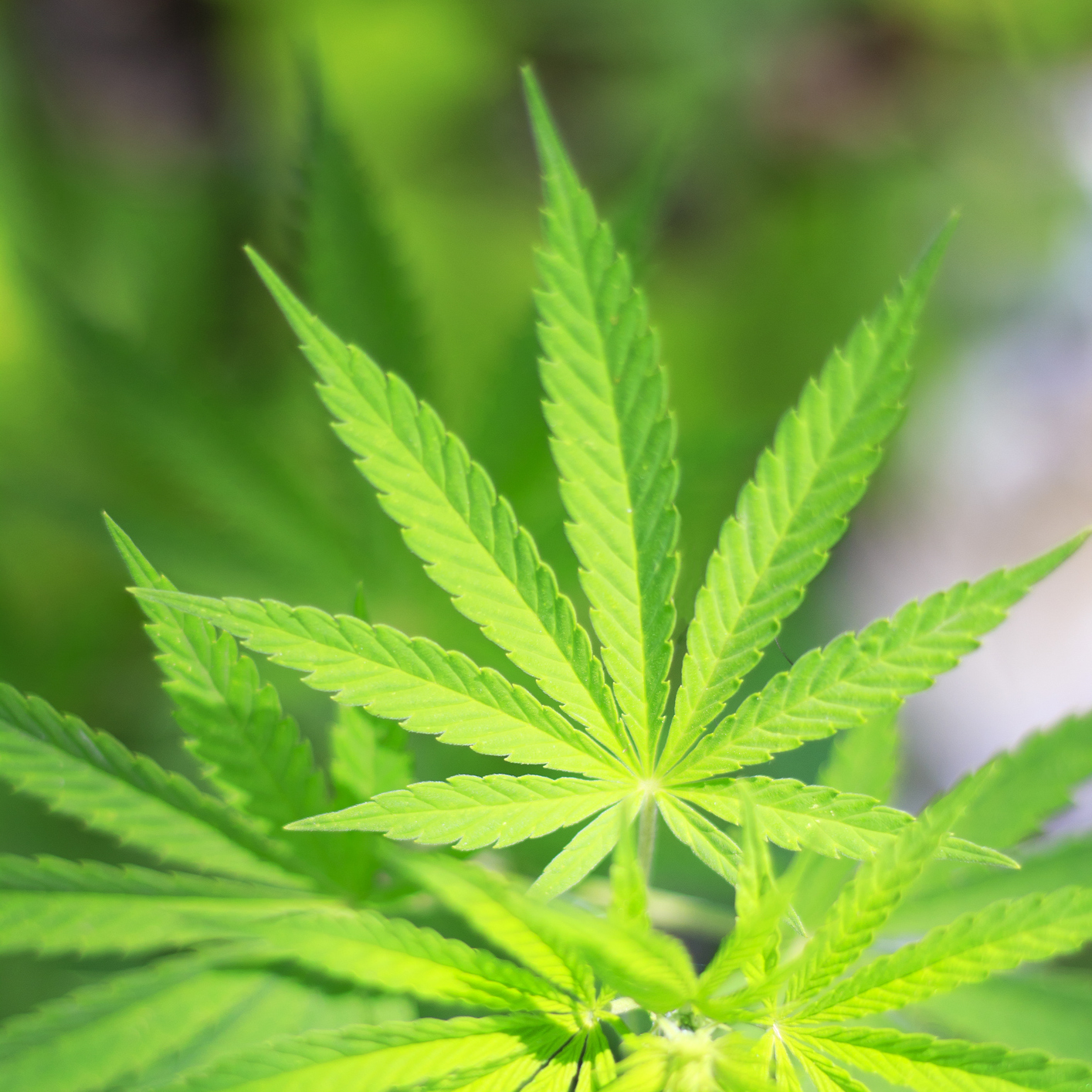
Published:
Last Updated:

On Tuesday, voters in five states will decide whether or not to legalize recreational marijuana. Despite the current prohibition of marijuana, relatively large shares of voting-age adults in these states smoke pot.
Some states report much higher marijuana use than others. 24/7 Wall St. reviewed the percentage of people consuming marijuana at least once in the past year in every state from the Substance Abuse and Mental Health Services Administration. Colorado leads the nation with 21.6% of people reporting use of the drug.
[in-text-ad]
States with fewer marijuana restrictions tend to have higher cannabis use rates. All four states where recreational marijuana use is legal — Alaska, Colorado, Oregon, and Washington — are among the 12 states with the highest use rates. Every state on this list is among the 25 states where medical marijuana is legal. In these states, a physician may recommend marijuana for the treatment of a range of conditions, including cancer, Crohn’s disease, glaucoma, HIV/AIDS, PTSD, eating disorders, chronic pain, and seizures arising from epilepsy and other ailments.
Click here to see the 12 states smoking the most marijuana.
Whether state-level legalization of medical marijuana increases the accessibility and appeal of the drug to young people is still largely an open question. A 2014 study published in the Journal of Adolescent Health found there were no significant differences in marijuana use before and after policy changes. The study interviewed 12 million students across multiple years and several states.
The evidence for and against marijuana use is mixed. While benefits for certain medical uses are widely acknowledged, a number of studies have suggested heavy marijuana use during adolescence can have long term negative effects, including lower cognitive functioning, difficulty learning, and memory impairment. However, according to the American Psychological Association, it is still unclear whether there is a safe level of use or whether the brain changes associated with marijuana use are permanent.
Yet, 27.8% of Americans perceive smoking marijuana once a month to be a great risk. The share of survey respondents who believe the monthly use of the drug is harmful tends to be lower in the 12 states with the highest user rates.
Mirroring the varied perspectives on marijuana use, the states where pot is legal have introduced legislation for very different reasons. In Colorado, the campaign that eventually led to legalization argued for marijuana as a safe alternative to alcohol. By contrast, in Washington, advocates argued marijuana should be legalized because it is not safe and therefore should be regulated. In Washington, advocates argued further that processing the numerous marijuana cases was an unnecessary burden on the justice system.
High marijuana use rates cluster geographically. Five of the 12 states are in New England, and three are on the West coast.
To identify the 12 states smoking the most marijuana, 24/7 Wall St. reviewed the percentage of people 12 years and over who reported smoking marijuana in the past year based on surveys conducted between 2013 and 2014 by the Substance Abuse and Mental Health Services Administration, also known as SAMHSA. A range of other drug use data, including total drug users, marijuana initiates over the past two years, use in the past month, and perceptions of risk among each state’s 12 years and older population, also came from SAMHSA. Maximum fines for possession were obtained from marijuana reform advocate NORML.
These are the 12 states smoking the most marijuana.
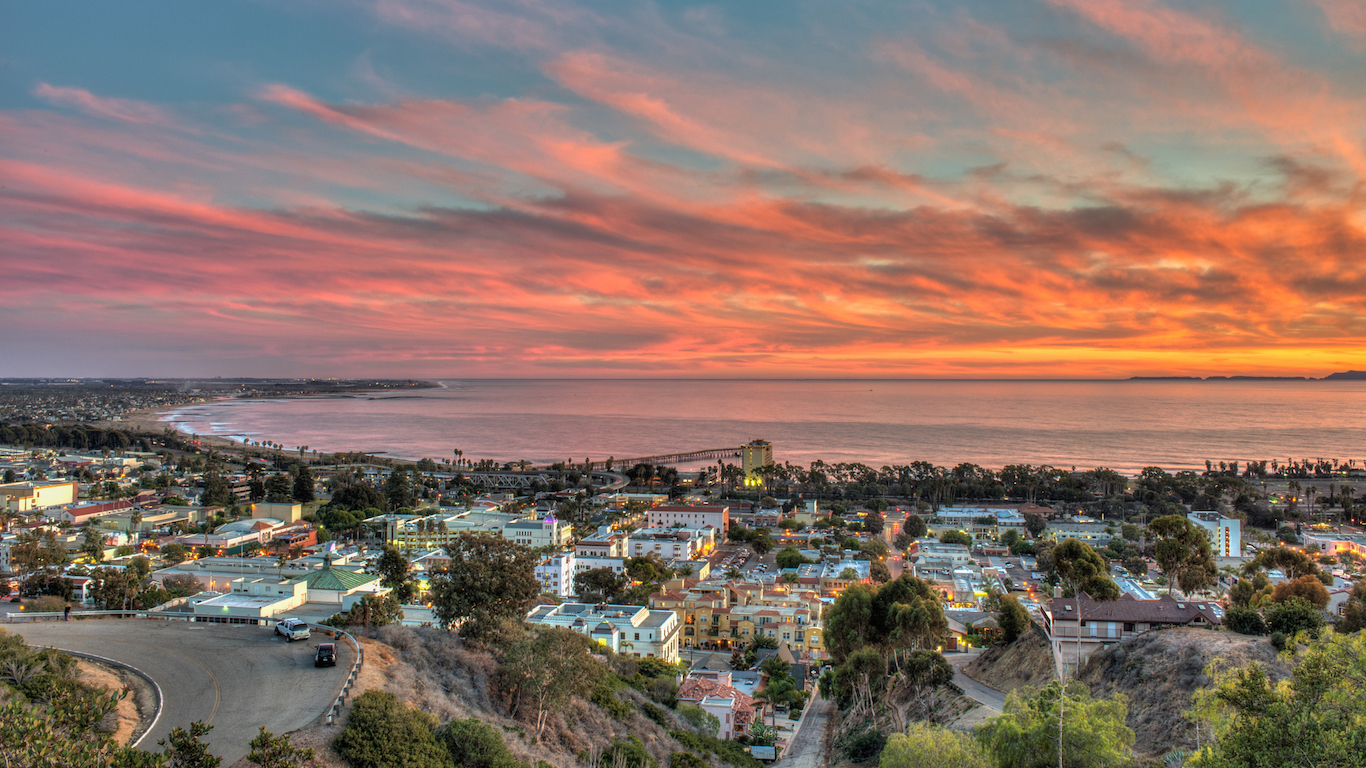
12. California
> Pct. using marijuana in past year: 14.9%
> Total users: 4,633,000 (the highest)
> Pct. using illicit drugs other than marijuana in past month: 4.2% (3rd highest)
> Max. fine for possession: $500
Nearly 15% of California residents 12 years and older said they smoked marijuana in the past year, the 12th highest share of all states. California was the first state in the nation to legalize medical marijuana use. Proposition 215 passed with 56% of the vote in 1996 and erased criminal penalties for possession of the drug. Now, Californians are permitted the possession of as much as 8 ounces of usable marijuana, six mature plants, and 12 immature plants for medical use. With a physician’s recommendation, a patient may be treated with marijuana for AIDS, anorexia, arthritis, cancer, chronic pain, and seizures associated with a range of conditions including epilepsy.
[in-text-ad]
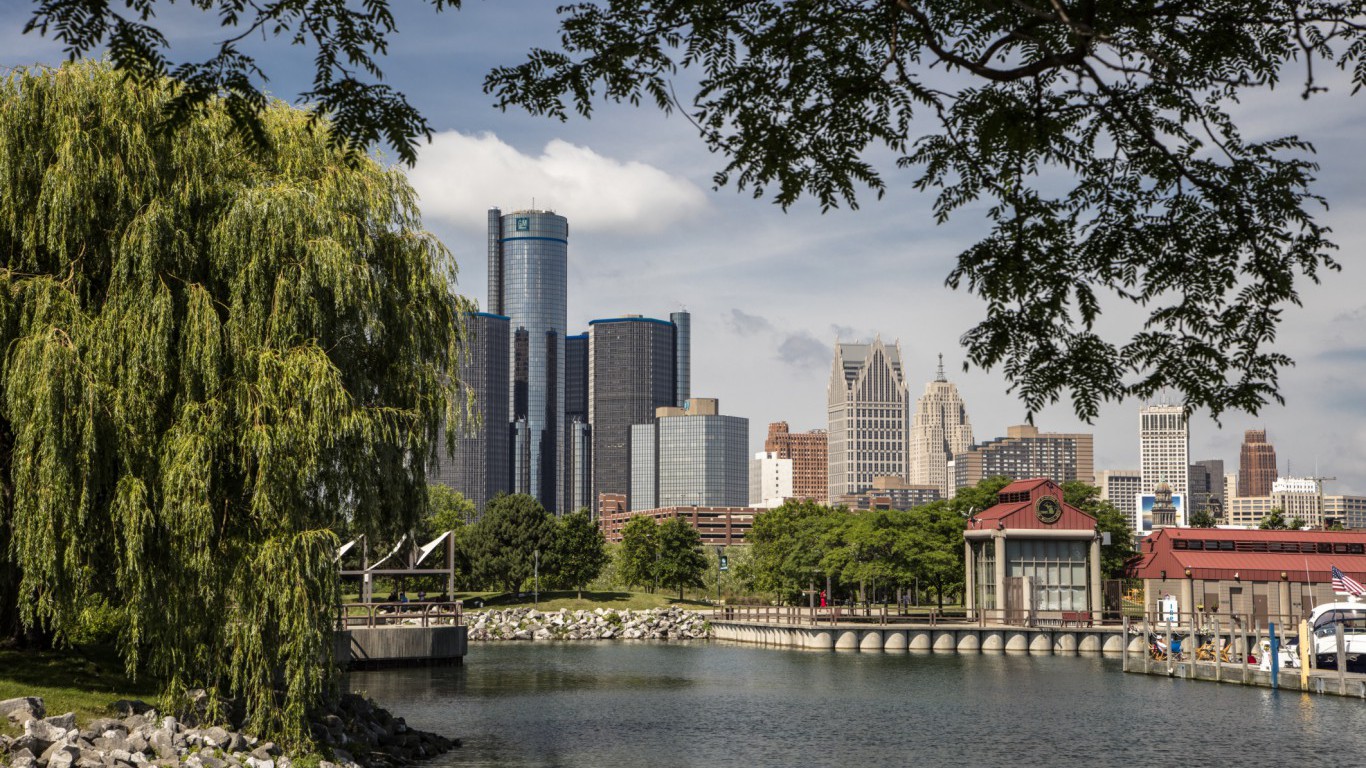
11. Michigan
> Pct. using marijuana in past year: 15.6%
> Total users: 1,304,000 (6th highest)
> Pct. using illicit drugs other than marijuana in past month: 3.1% (22nd lowest)
> Max. fine for possession: $2,000
Michigan is one of only nine states where more than million people have used marijuana in the past year. Attitudes towards the drug in the Great Lake State have been fairly relaxed for some time now. In November 2008, state voters passed the Michigan Medical Marihuana Act, which allows residents with certain debilitating conditions, including PTSD and epilepsy, to legally use the drug.
For those without physician’s recommendation, marijuana possession is punishable in Michigan by up to a $2,000 fine or a year in jail or both. However, certain cities in the state have far more lenient laws. Voters in Ann Arbor decriminalized pot in 1972, making possession of any amount punishable by only a $5 fine. Today, possession in Ann Arbor will result in a $25 ticket. Marijuana users in Grand Rapids also have little to fear in terms of legal repercussions. On May 1, 2013, following the example of Ann Arbor, Grand Rapids residents voted to lower possession penalty.
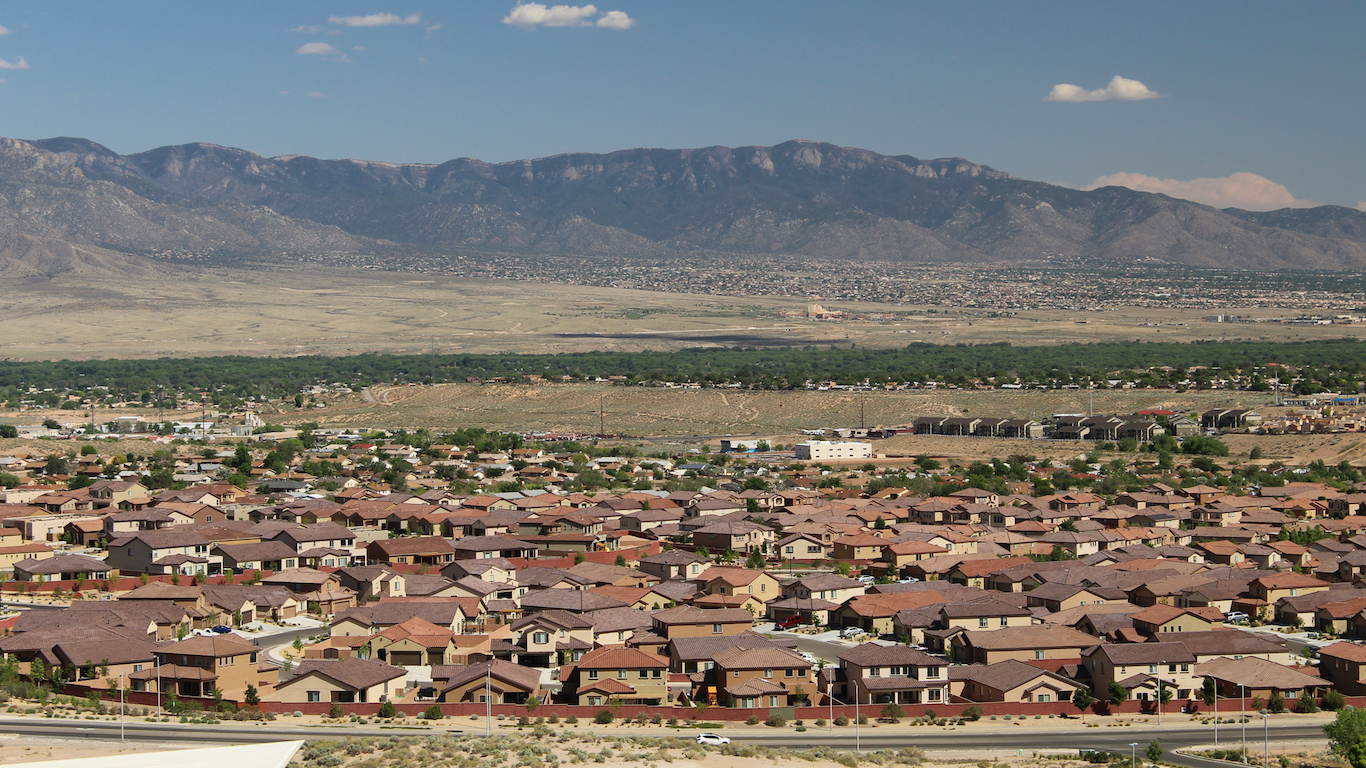
10. New Mexico
> Pct. using marijuana in past year: 15.6%
> Total users: 267,000 (19th lowest)
> Pct. using illicit drugs other than marijuana in past month: 3.4% (19th highest)
> Max. fine for possession: $5,000
A portion of marijuana users in New Mexico, who make up 15.6% of the 12 and over population, are consuming the drug medicinally. New Mexico removed penalties for use and possession for medical use in 2007. Marijuana use has been approved for those suffering from cancer, Crohn’s disease, epilepsy, glaucoma, HIV/AIDS, and other conditions. According to the state Department of Health, unexpectedly high demand in recent years has strained the Medical Cannabis Program and led to delays in the processing of applications. Meanwhile, some seriously ill patients in New Mexico have reported turning to the black market.
Despite the demand for medical marijuana in the state, the perception of great risk from smoking marijuana among New Mexico residents is relatively high — unlike most states with the highest pot smoking rates. Approximately 27% of residents believe smoking marijuana at least once a month is very risky, in line with the national share.
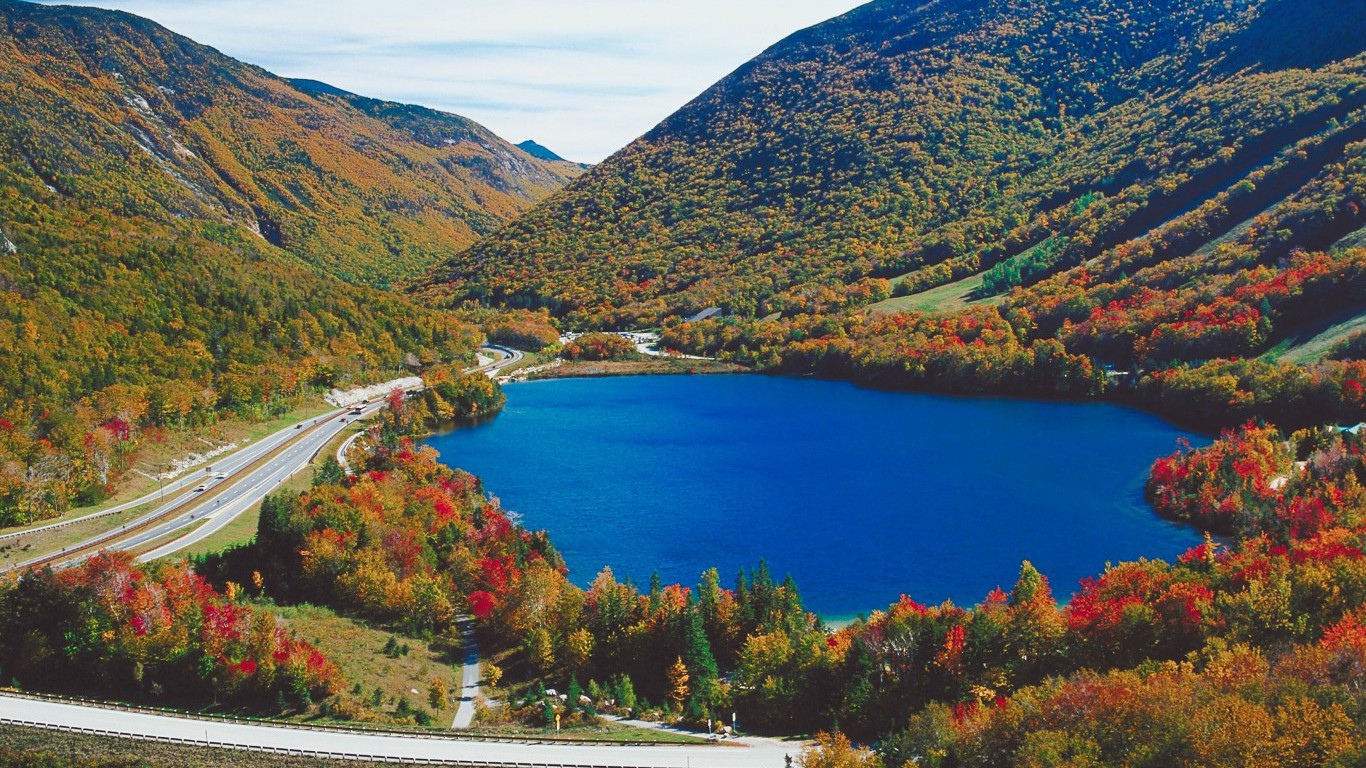
9. New Hampshire
> Pct. using marijuana in past year: 17.1%
> Total users: 194,000 (13th lowest)
> Pct. using illicit drugs other than marijuana in past month: 3.7% (9th highest)
> Max. fine for possession: $2,000
Since New Hampshire’s governor signed off on House Bill 573 on July 23, 2013, state residents with several serious medical conditions, including Parkinson’s disease and muscular dystrophy, have been able to use marijuana legally. For those who do not qualify for medical use of the drug, possession can result in a year in jail, in tandem with or in lieu of a $2,000 fine.
[in-text-ad]
Laws intended to dissuade marijuana use may not be entirely effective. More than 17% of New Hampshire residents age 12 and older have used the drug in the past year, one of the highest usage rates of any state in the country. Despite marijuana’s relative popularity in New Hampshire, it is the only New England state that has not decriminalized possession of the drug.
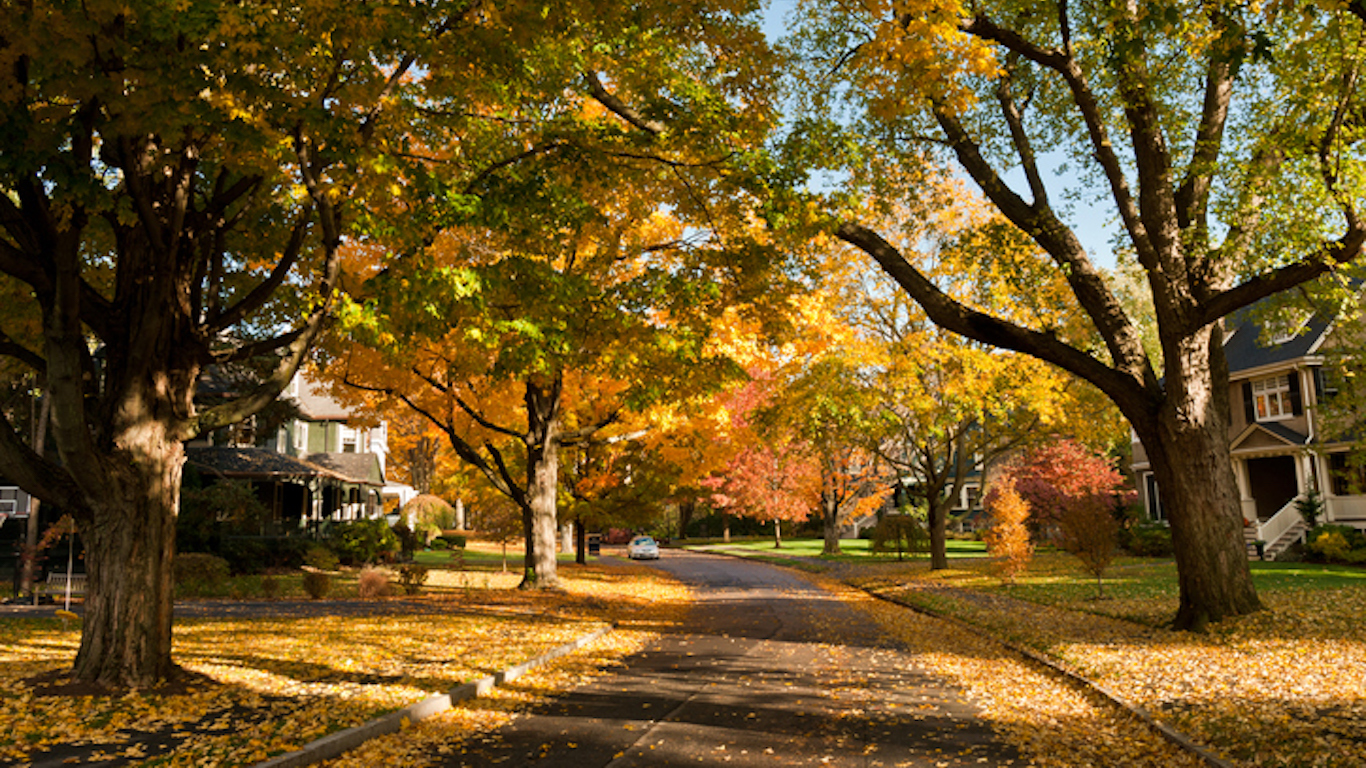
8. Massachusetts
> Pct. using marijuana in past year: 17.6%
> Total users: 989,000 (10th highest)
> Pct. using illicit drugs other than marijuana in past month: 2.8% (9th lowest)
> Max. fine for possession: $500
Nearly 18% of Massachusetts residents 12 years and older have used marijuana in the past year, a higher share than in all but a handful of other states. A relatively high usage rate is due in part to low perceived risk. Only 20.1% of Massachusetts residents age 12 and older think there are serious health risks associated with the drug, one of the smallest such shares in the country.
Marijuana users in the state are not risking much legally either. Medical use of the drug is permitted for those with certain conditions, and possession of marijuana has been decriminalized in the Bay State. The maximum penalty for recreational users caught with less than an ounce is a $100 fine. Those caught with more than an ounce, however, are subject to larger fines, criminal charges, and jail time.

7. Rhode Island
> Pct. using marijuana in past year: 18.7%
> Total users: 170,000 (11th lowest)
> Pct. using illicit drugs other than marijuana in past month: 3.6% (13th highest)
> Max. fine for possession: $500
Marijuana use is relatively common in Rhode Island, with 18.7% of residents 12 years and older reportedly using the drug at least once in the past year. Perhaps not surprisingly, the perceived negative health consequences associated with pot use among state residents is relatively low. Only 20.9% of state residents associate serious health risks with marijuana use. In fact, many marijuana users in the state are likely lighting up for purported health benefits. Since January 3, 2006, state residents with such serious medical conditions as cancer, HIV, and hepatitis C have been allowed to possess up to 2.5 ounces of the drug for medicinal use. Medical marijuana dispensaries, known as compassion centers, have been permitted since 2009.
However, possession of 2.5 ounces in Rhode Island without physician’s recommendation can result in misdemeanor charges in conjunction with a $500 fine, up to a year in jail, or both.
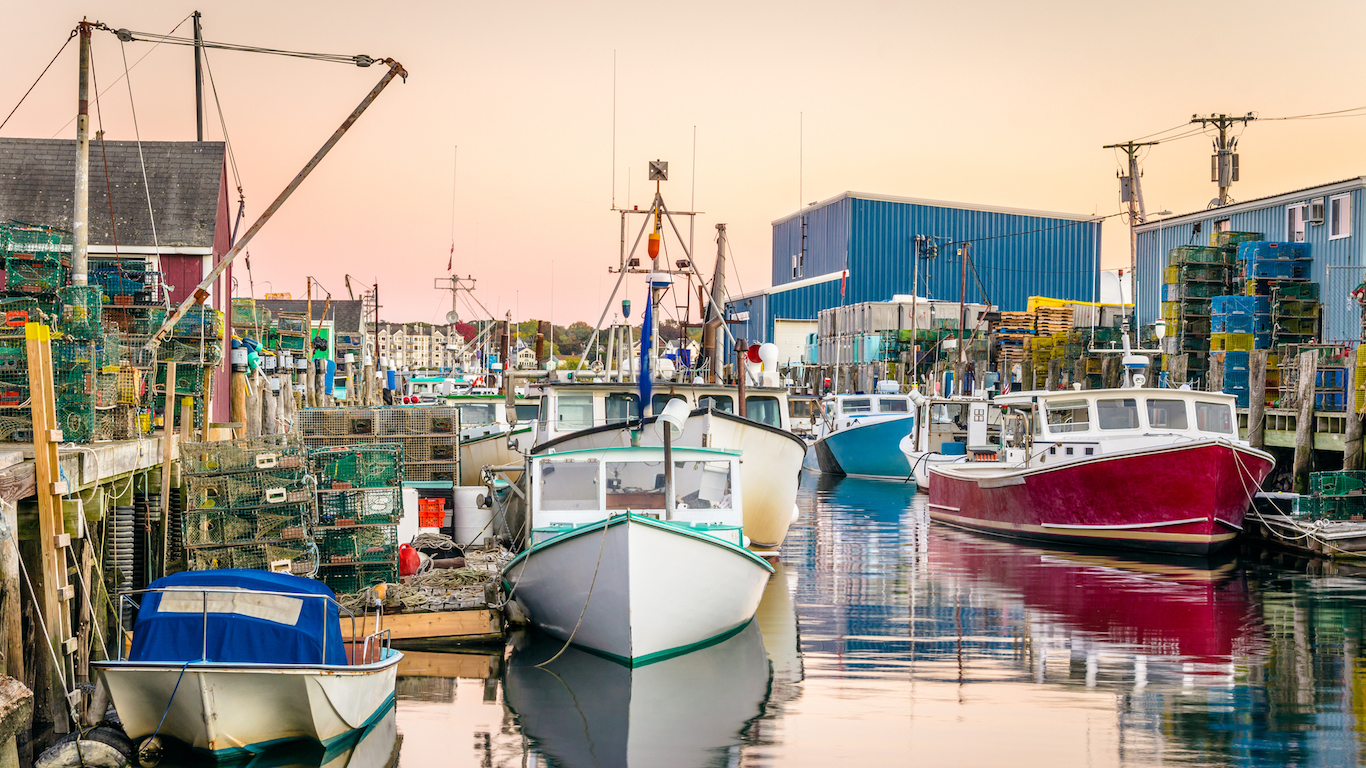
6. Maine
> Pct. using marijuana in past year: 19.4%
> Total users: 224,000 (15th lowest)
> Pct. using illicit drugs other than marijuana in past month: 2.9% (11th lowest)
> Max. fine for possession: $20,000
In Maine, 19.4% of residents 12 years and older have used marijuana in the past year and 12.6% have used the drug in the past month, each the sixth largest share of any state in the country. While marijuana is especially popular in Maine, other illicit drugs are not. Only 2.9% of state residents 12 years and older have used illicit drugs other than pot in the past month, a smaller share than the comparable national 3.3% share.
[in-text-ad]
For those with certain qualifying medical conditions such as epilepsy and PTSD, possession, cultivation, and use of the drug have been legal in Maine since December 22, 1999. Even without a doctor’s recommendation, Maine residents can possess up to 2.5 ounces of marijuana without risking criminal charges. The maximum fine for possession in the state of $20,000 is reserved for those caught in possession of at least 20 pounds of pot, a criminal offense punishable by up to 10 years of jail time.
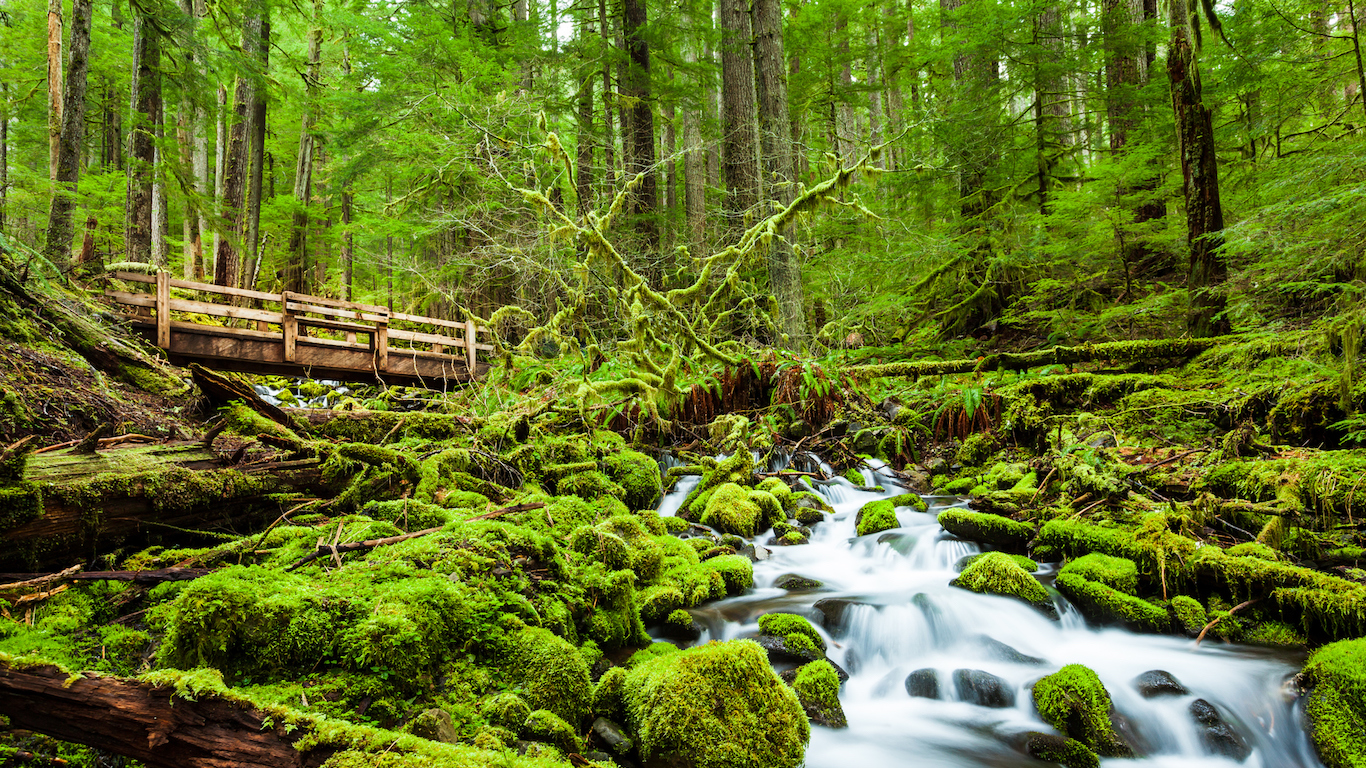
5. Washington
> Pct. using marijuana in past year: 19.5%
> Total users: 1,105,000 (9th highest)
> Pct. using illicit drugs other than marijuana in past month: 4.0% (4th highest)
> Max. fine for possession: $10,000
Washington voters passed Initiative 502 on November 6, 2012, which allowed the state to regulate the sale of recreational marijuana. Medical marijuana has been permitted in the state since 1998. The high percentage of residents using the drug, at nearly one in every five people 12 years and older, is likely tied to the state’s pot-friendly public policy. Legalization has also been very lucrative for the state’s government. According to the Marijuana Policy Project, Washington has generated $210 million in excise taxes from recreational marijuana over the past several years.
In contrast with Colorado’s path towards legalization, which was based largely on advocacy for marijuana use, the Washington campaign argued marijuana should be legalized, and regulated, not because it is safe, but because it is dangerous.

4. Alaska
> Pct. using marijuana in past year: 19.5%
> Total users: 114,000 (6th lowest)
> Pct. using illicit drugs other than marijuana in past month: 3.4% (20th highest)
> Max. fine for possession: $50,000
In the past two years, roughly 7,000 Alaskans aged 12 and up tried pot for the first time. First time users are among the 19.5% state residents who have used marijuana in the past year. High usage rates in Alaska may not be surprising, as the state is one of only four in the country to have legalized marijuana possession. Adults 21 and over can legally possess up to an ounce of marijuana and cultivate up to six plants. However, penalties for possession of larger amounts of the drug are relatively harsh in Alaska. Anyone caught with 4 ounces of pot can face felony charges, up to five years in jail, and a $50,000 fine.
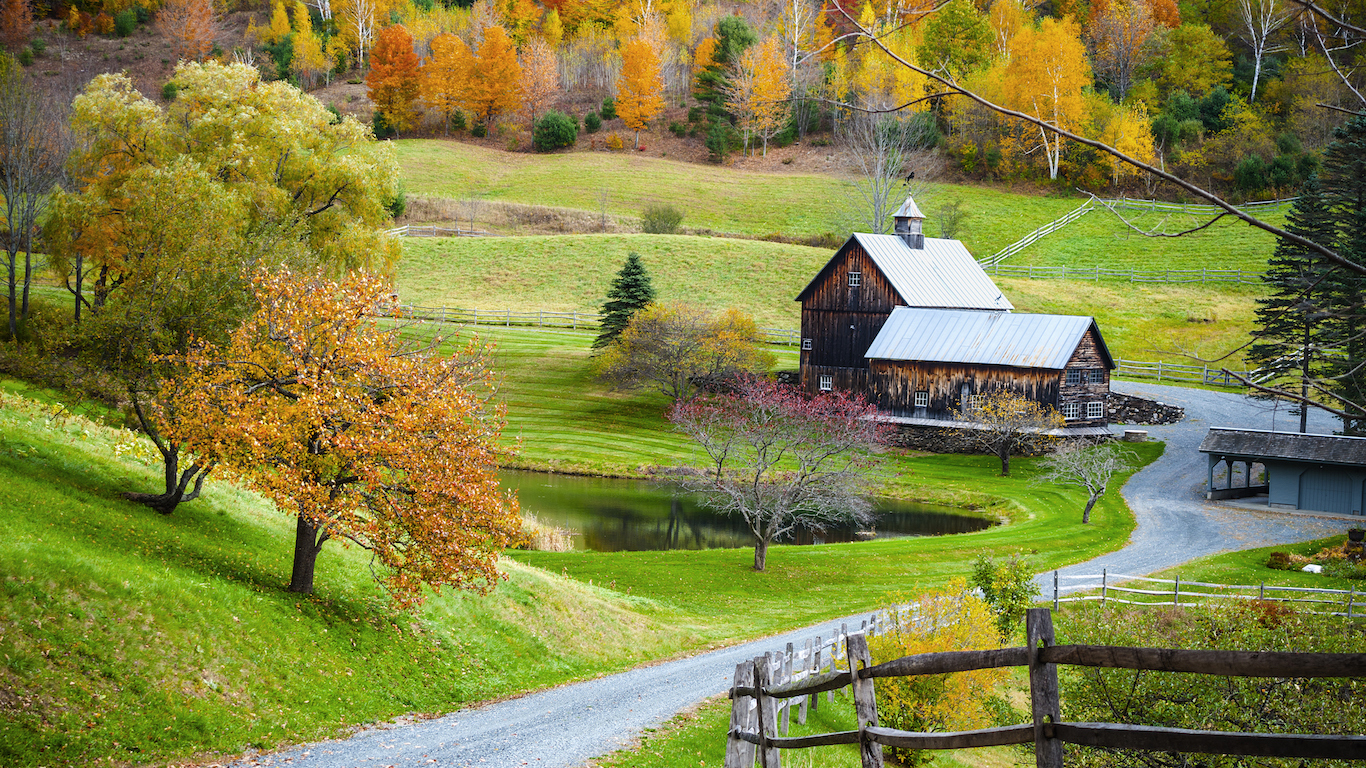
3. Vermont
> Pct. using marijuana in past year: 19.8%
> Total users: 108,000 (4th lowest)
> Pct. using illicit drugs other than marijuana in past month: 3.7% (11th highest)
> Max. fine for possession: $500,000
Of Vermonters 12 years and older, 19.8% report smoking marijuana in the past year, trailing just two other states. Like every other state on this list, medical marijuana is permitted in Vermont. There are several medical marijuana dispensaries in the state.
[in-text-ad]
In a report commissioned by the state, the nonprofit think tank Rand Corporation found that Vermonters likely consumed as much as 25 metric tons of marijuana and spent up to $225 million getting high in 2014 alone. The report contains a strong case for full legalization, although it also highlights conflicts that could arise with laws of neighboring states. There are nearly 40 times as many regular marijuana users within 200 miles of Vermont than there are within the state. Currently, possessing up to an ounce marijuana in Vermont can result in a $200 fine. Holding 10 pounds or more of the drug, however, is a felony and punishable by fines of up to a half a million dollars.
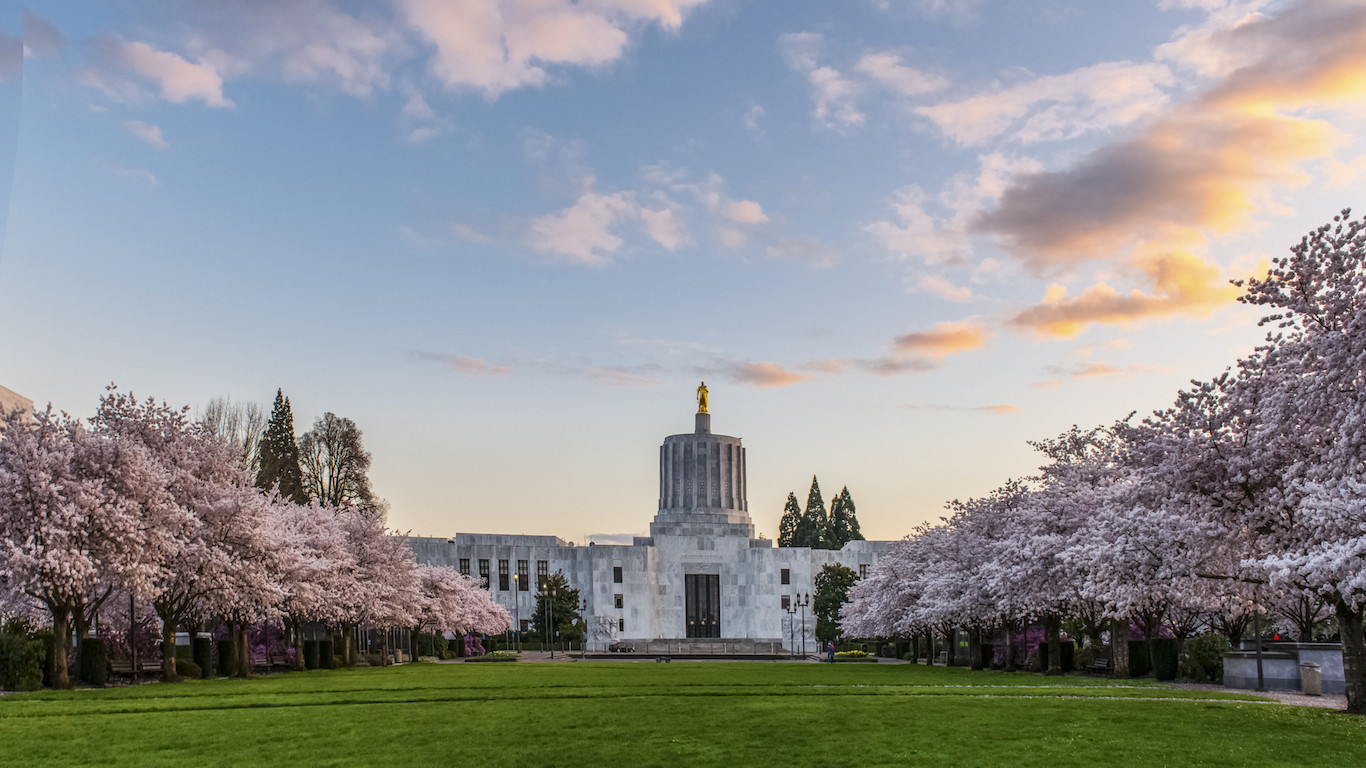
2. Oregon
> Pct. using marijuana in past year: 19.9%
> Total users: 649,000 (19th highest)
> Pct. using illicit drugs other than marijuana in past month: 3.7% (10th highest)
> Max. fine for possession: $6,250
Nearly one in five people aged 12 and older in Oregon have used pot in the past year, the second largest share of any state in the country. In the last two years, 37,000 state residents aged 12 and up tried marijuana for the first time. Perhaps not surprisingly, people in Oregon are among the least likely in the country to have a negative perception of marijuana. Only 18.3% of state residents 12 years and older perceive a great risk in using marijuana once a month, far lower than the 27.8% nationwide share.
Oregon is one of four states where recreational use of the drug is legal. State residents 21 and older can possess up to 8 ounces of pot and cultivate up to four plants in the privacy of their home. Still, it is illegal to posses more than an ounce of the drug in public. Those caught with more than 4 ounces can face criminal charges, up to a year in jail, and a $6,250 fine.
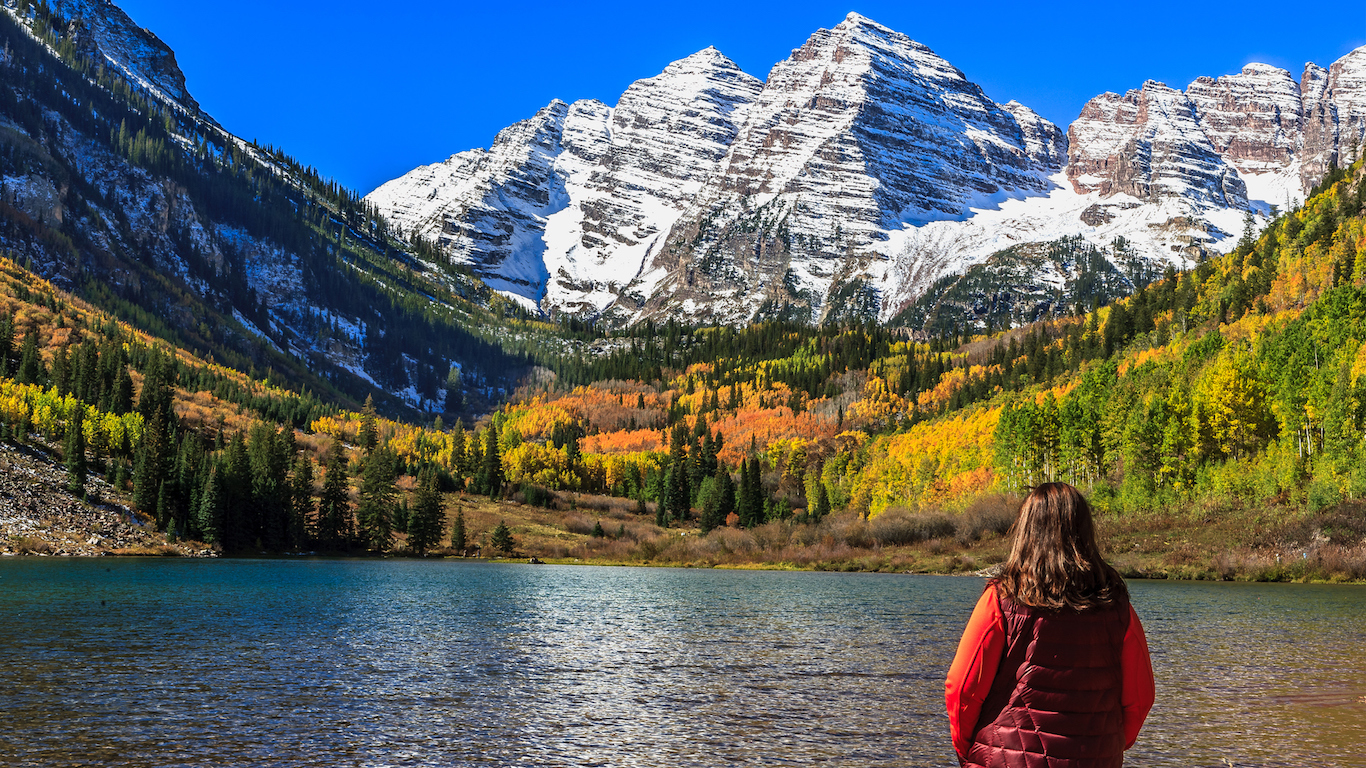
1. Colorado
> Pct. using marijuana in past year: 21.6%
> Total users: 909,000 (13th highest)
> Pct. using illicit drugs other than marijuana in past month: 4.4% (the highest)
> Max. fine for possession: $100,000
Perhaps it is no surprise that Colorado leads the nation in pot consumption, with 21.6% of residents at least 12 years old reporting using the drug in the past year. Colorado was the first state to legalize recreational marijuana, and it is one of only four states where recreational use of the drug is permitted. The state’s path towards legalization can be traced to 2005, when Denver erased penalties for marijuana possession. Led by founder Mason Tvert, the marijuana advocacy and nonprofit group, Safer Alternative For Enjoyable Recreation (SAFER), played a major role in changing Colorado’s laws. The group aimed to explain the facts about marijuana, particularly the drug’s safety compared to alcohol. State adults over 21 years old may now legally possess 1 ounce of marijuana. According to the Marijuana Policy Project, Colorado generated $135 million in taxes and fees from all marijuana businesses in 2015.
Retirement planning doesn’t have to feel overwhelming. The key is finding expert guidance—and SmartAsset’s simple quiz makes it easier than ever for you to connect with a vetted financial advisor.
Here’s how it works:
Why wait? Start building the retirement you’ve always dreamed of. Click here to get started today!
Thank you for reading! Have some feedback for us?
Contact the 24/7 Wall St. editorial team.